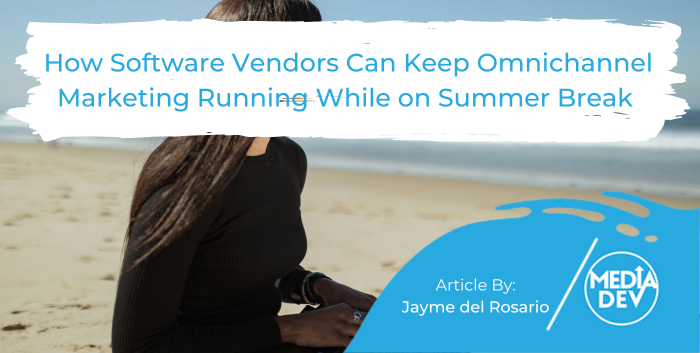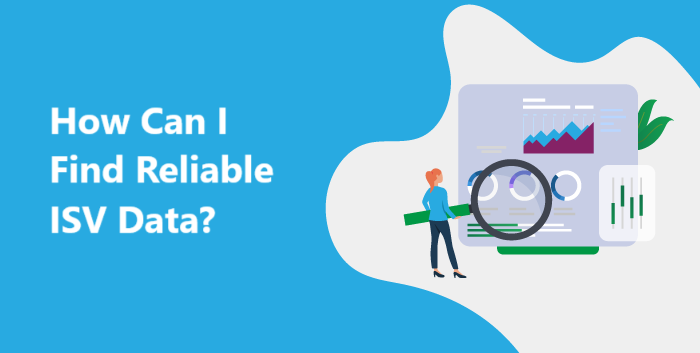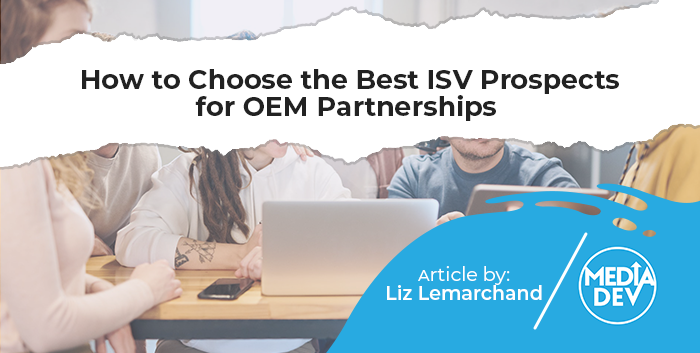My boss told me a story the other day and I thought it was an appropriate metaphor for what we often see happen with ISV companies.
So, my boss is a triathlete. He works hard to train in all three disciplines. He bought a bike that he thought was top of the line: light-weight, aerodynamic, you name it. And maybe at first, it was. He was convinced that his bike was the best that money could buy and it didn’t get any better than that. He didn’t think to benchmark or keep up on the latest trends. He just figured that he had bought his bike, it was the best, and he was done. Until he went on vacation and rented a bike from a specialized bike shop. He couldn’t believe that this rented bike was SO MUCH BETTER than the one he had purchased only a couple of years before. It was lighter—A LOT lighter. He said it felt like floating on air compared to what he had. He was blown away that the bike that he thought was the best, was not the best anymore, and that he could really be doing a lot better.
So how does this story relate to ISVs? By running hundreds of ISV-OEM outreach campaigns over the years, we have found that so many of them do the same thing when it comes to legacy investments. Oftentimes ISVs have OEM partnerships in place that they have had for years; they are satisfied enough with them that they have stopped questioning whether or not they are outdated compared to other offers. And yet, maintenance costs can run high without the ISV even knowing it.
Take the example of integrated payment solutions. Many ISVs are using Stripe by default and have not had a deeper look at the multitude of other offers available on the market to know that Stripe, while one of the most well-known solutions out there, is also one of the most expensive. If ISVs were more proactive with their investment choices they may come across edgier solutions that can help them shift passive legacy costs. In a world that is becoming more financially constrained, this type of open curiosity should not only be a habit, it should be a reflex.
So what can you do to incite ISVs to have a look at your offer? Here are some tips to get you started.
Tip #1: Incentivize the ISV to have a look
When you tell someone to have a look at your solution for benchmarking purposes, very often they’ll say no. Let’s face it, who has the time to look at something when you are already relatively happy with what you have? Where’s the incentive? How is this not going to be a waste of my time? It’s super important when pitching prospects to hit on a potential pain point right from the start so that they understand the “what’s in it for me?” behind the offer to benchmark. And with the economic context of what it is today, going straight for their wallet is never a bad angle. Asking your prospects questions like, “How much is your current integration costing you every year?” or “Is lowering your TCO a priority for your business?” or “How are you ensuring that your current partnership continues to evolve to changing customer demands over time without costing you a fortune?” or “When was the last time you had a look at the benefits your partnership is bringing to you compared to how much it costs?” These questions should open up a conversation and get your prospect to think. In fact, most of the time when you start with some of these questions, they will get stumped and not know how to answer—which is a good thing! Continuing the conversation at that point by offering up some key benefits of your OEM program and bridging to a strong call-to-action to have a deeper look should get you to increase the number of sales appointments you are scheduling. These initial conversations, whether they be over LinkedIn, email, or the phone should be door openers. But no good sales discussion can be initiated without establishing curiosity and trust first.
Tip #2: Welcome the NO
Whenever you start a sales-oriented discussion (even if you are not even really selling anything right now per se), the immediate gut reaction by the prospect is to resist and say no. This is simply because we have all been trained to say no. It’s become instinctual to push back. Think about it—you could be selling gold at half market value and I am still going to say no because I don’t want to buy anything. And as a sales rep, if your energy gets into convincing-mode, or trying to get them to (do something they don’t want to), then you’re dead before you even started. Be prepared in advance that people are going to say things like, “No, we’re fine we already use XYZ,” or “No thanks, we’re happy with what we have now.” Going with the flow and asking what partnerships they have in place, and what the limits are of the technology they have already integrated into their product, will help you continue the conversation. Knowing your competitors will help you pinpoint notable differences between your product and what they have which should grab their attention. Saying things like, “I get that you are already happy with your current provider, but did you know that what you have can’t do XYZ and our solution can?” or “I am sure that XYZ was probably a good choice several years ago, but our technology now surpasses it and I’d love to show you how…” This will help you to highlight the value you bring to them and show you know your terrain.
Tip #3: Initiate a buy versus build discussion
Sometimes ISVs will tell you that they are not currently partnering with any third-party vendors because they have built such features themselves. But unless those features are the core focus of their product (in which case, you shouldn’t be engaging them in a discussion since they directly compete with you!) it makes sense to keep going to find out: When were those features built? How much manpower is dedicated to evolving those features over time? What resources do they have internally that could be freed up for other more important product development projects if they were to go with a third-party integration instead? Does their current development team have the required skill set to evolve such features to keep up with the competition? There are so many reasons why an ISV should look at buying versus building new software features: they will tap into best practices from known vendors in that space, they will enhance their product with a faster time-to-market and a lower total cost of ownership… By highlighting this to the ISV it should at least give them something to think about.
Tip #4: Show up to give
Whenever I have no attachment to the outcome of a conversation because I’m showing up to give instead of to get, that is when my energy is completely at peace. By being sure about the value you bring to the ISV, you can detach yourself from your own need to “get the sale.” The conversation is not about you. It’s about the prospect. Putting your potential customer at the center of everything you do means showing a real interest in their challenges, and wanting to help them solve those challenges. That means being a good listener, being able to read between the lines, tuning into their tone of voice, language, and body language… it means being fully present in the moment so that you are not paying more attention to what you are going to say next instead of what the prospect is telling you. Giving your full attention to a prospect means letting go of your need to get them to agree to evaluating your product. And it means that no matter what, you are open to learning something from the exchange. Showing empathy for the fact that economic times are hard AND coming to the table with a potential solution to help them reduce costs should, if nothing else, establish rapport to build a relationship to do business (now or in the future).
Conclusion
ISV-OEM sales strategies really all come down to one thing: relationship building. Making sure that your prospects understand the value you are bringing to them and that you have their best interests at heart is what is meant by putting them at the center of the conversation. Taking into account the fact that they may be struggling to keep their heads above water, and showing up to help give them a potential solution is a way to ensure that that relationship can grow into a fruitful one.








